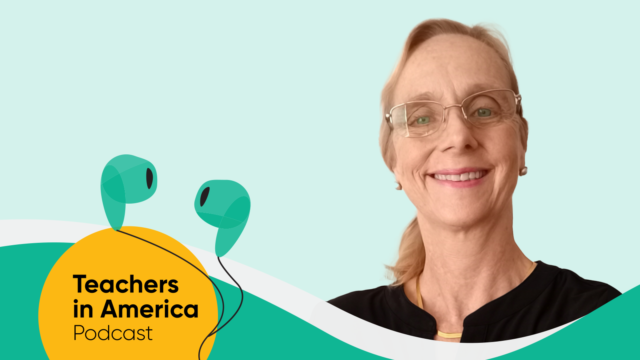
No doubt you’ve heard of the Next Generation Science Standards* (NGSS), but what do these standards really mean in terms of effective science teaching? Well, you need to understand that they are far more than just shifting what topics are taught when. They actually represent an entirely different approach to learning and teaching—one that is focused much less on the teacher delivering content and information and much more on children constructing understanding through their own experience.
What Is a Phenomenon in Science?
Science phenomena are simply observable events that students may explain (as scientists) or problems that students may work to solve (as engineers). A phenomenon jumpstarts instruction by helping students realize the real-world context of the science topic to be studied. It gets students asking questions and allows for instruction to be more student centered. The goal is to get students thinking like scientists and acting like engineers—if they don’t yet know the answers to their questions, what might they do to uncover the answers?
Using Science Phenomena to Start a Lesson
Each lesson should begin with a science phenomenon for children to explain, such as this short video for making art with crayons and a hairdryer.
Video: NGSS Science Phenomena Example
It’s almost like a puzzle or a mystery for the children to solve. The learning experiences that make up the lesson give children clues they will need to make a scientific explanation about what’s happening. Throughout the lesson, vocabulary and concepts are introduced on an as-needed basis. By the end of the lesson, children can use their observations and their own reasoning to make a claim about the phenomenon in science.
NGSS envisions children exploring different learning experiences with the teacher asking thought-provoking questions rather than providing all of the answers. This sort of exploratory learning has always been a hallmark of early elementary education.
Exploratory Learning
NGSS places this exploratory learning in the context of specific Science and Engineering Practices and Crosscutting Concepts that involve a deeper understanding rather than merely applying vocabulary without comprehension. Lessons should be built to foster the kind of active learning that will result in deeper understanding. Children should be exposed to a lot of quick hands-on activities and thought-provoking questions to answer rather than a few pages of text and pictures to passively absorb with questions at the end.
Children constantly move back and forth between doing activities, thinking, asking questions, and answering them rather than focusing on just one at a time.
2nd Grade NGSS Phenomena Example
In an activity for Grade 2, children may explore on their own how solid and liquid materials are affected by a freezer. But the emphasis is not on the procedure steps; rather, it’s on how children predict what will happen, classify the changes they see, and explain the cause-and-effect relationship. To foster such higher-order thinking skills, activities and simulations should be open-ended. That way, children can observe how their decisions affect a situation.
Another focus of NGSS is to ensure that children—ALL children—have access to rich science learning experiences. Simple activities may work quite well, but bear in mind how to scaffold any activity so children of different levels can experience it.
Use these tips to help you reach the goals set by NGSS and utilize a flexible approach in your lesson planning that is easily customized to all learners. With these options and supports built into your lessons, you will be able to transition to this new approach to teaching and learning in your classroom.
The views expressed in this article are those of the author and do not necessarily represent those of HMH.
***
Learn more about how an NGSS science curriculum enables teachers to guide K–12 students in learning through exploration, analysis, application, and explanation.
*Next Generation Science Standards and logo are registered trademarks of Achieve. Neither Achieve nor the lead states and partners that developed the Next Generation Science Standards were involved in the production of this product, and they do not endorse it.
Related Reading


















